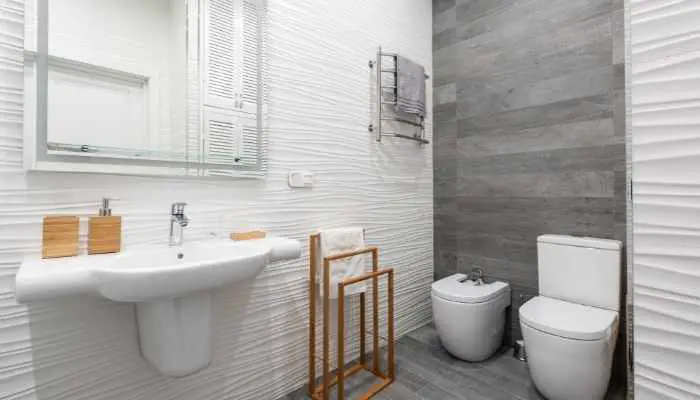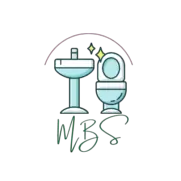Many people are in the dark about exactly how to determine whether a toilet and sink can share one drain. The short of it is that yes they can, a toilet and sink share the same drain in most cases.
This article will help you learn what you need to know when trying to decide if this is possible.

Can a Toilet and Sink Share The Same Drain?
A toilet and sink can share the same drain if the pipe is large enough: The pipe must be large enough to hold the combined flow of wastewater from a toilet and sink.
You should install a common vent to prevent airlock: Installation of a common vent prevents wastewater backflow, which could cause leakage.
How Can You Combine The Toilet And Sink Drain
There are a few different ways that you can combine the toilet and sink drain. The toilet drain should be wider than the sink drain to account for the combined wastewater flow.
If the valve for the toilet and sink drain is more than 1.5m away, then a separate vent will need to be installed. To effectively combine a sink and toilet drain, the drains can be larger than the sink drain.
Why Are Toilet and Sink Drains Important for Your Plumbing System?
It is important to keep toilet and sink drains clear because they help prevent flooding. If the drains are not cleaned on a regular basis, they can become clogged and water can start to accumulate. This can cause flooding.
What Are Some Common Problems You Can Face with Toilet and Sink Drains?
If your toilet and sink share the same drain, you may experience wastewater backflow. This can be prevented by having a common vent, which allows the two fixtures to share a drain. Some other common problems you may face with toilet and sink drains include clogs, leaks, and slow drainage.
How Can You Prevent Clogs in Your Toilet and Sink Drains?
To clear a clog in your toilet or sink, use a drain snake. To avoid getting dirt and debris on your hands, wear rubber gloves when handling the snake. First, remove the drain cover and feed the drain snake down the hole.
Rotate the drain snake while applying pressure until the blockage collapses. Once the blockage is collapsed, pull the drain snake back out of the hole and dispose of debris in a bin or bag. If neither of these tips works to unclog your toilet or sink drains, it may be necessary to call a professional.
Are Toilet and Kitchen Sink Drains Connected?
Most of the time, all the drains in your home will be connected to a shared network of pipes that will be emptied at a commonplace, mostly a sewer. So, for most people, the toilet and kitchen sinks will share the same drain pipes.
But some people choose to install two separate drains which will cost more.
Can A Sink and Tub Share The Same Drain?
Yes, a sink and tub can share the same drain. It is very common to let your sink and tub share the same drain pipe and most homes will do it.
But you need to be careful with the connection because if not done properly, it can lead to a backflow of wastewater due to an airlock.
Are Sink Pipes Connected To The Toilet?
Sink pipes are not connected to the toilet. A toilet has its own dedicated pipe that leads to the sewer or septic tank.
If there is a separate vent for the toilet, it will often be shared with the nearest sink. This is because both the toilet and sink need ventilation in order to function properly.
Final Thought
Yes, a toilet and sink can share the same drain. However, there are certain conditions that must be met in order for this to work properly.
First, the toilet pipe must be large enough to accommodate the additional wastewater from the sink. Second, the two pipes must fit together perfectly in order to prevent any leakage.
Combining the two will cost less and save you the trouble of installing a separate drain for your sink.
